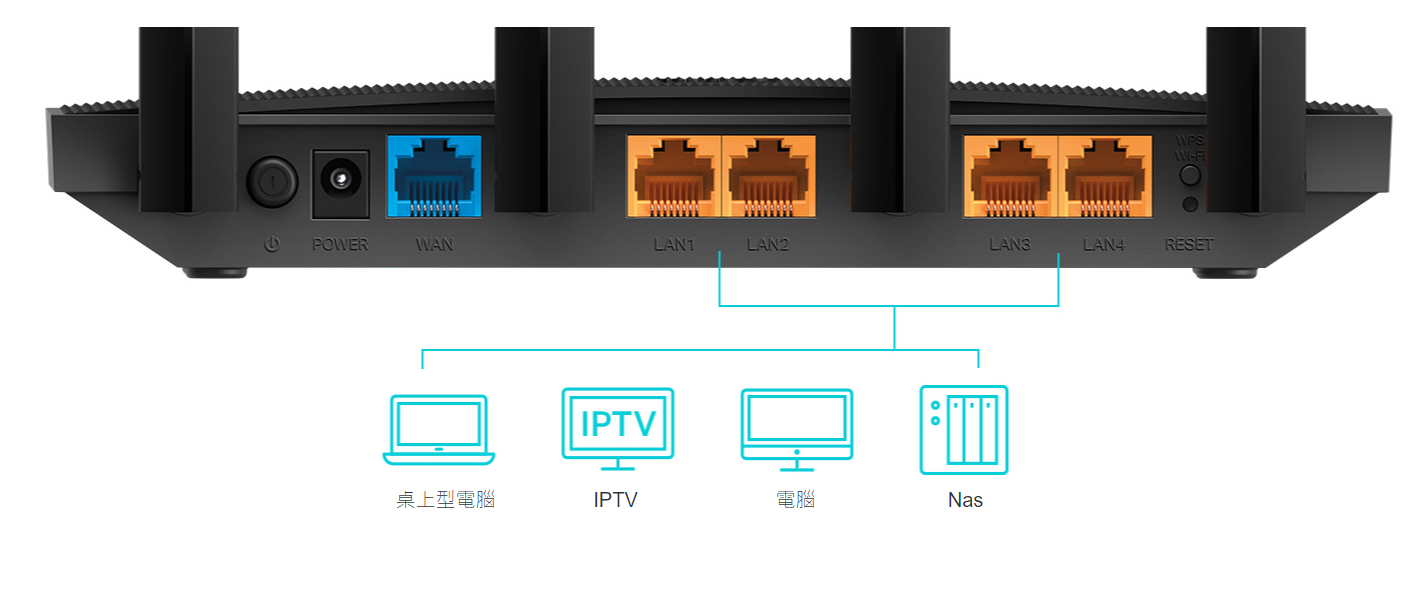What is Wi-Fi router and how to pick a suitable one?

A router is an indispensable network device in modern homes, businesses, etc., but are you, like most people, not clear about the actual function of the router, let alone how to buy a router? Next, follow the 9 major criteria for router operation, router types, and router selection in this article to show you what a router is and help you choose a suitable router.
What is the purpose of the router? Understand how it works and its definition
A router is connected to two or more individual network devices in simple terms, determines the transmission path of data packets (files, messages, network interaction, etc.), and is used to connect desktop computers, printers, and other networked devices. The following is a brief introduction to how the router works and tells you the difference between a router and a Wi-Fi sharing device.
How does the router work?
The data envelope contains many levels. One level contains information such as data source, file content, file size, and destination IP. The router mainly reads the information of this level, determines the priority of data transmission, and finds the best transmission path. Send the data to the specified IP address.
What is the difference between a router and a Wi-Fi router?
Many people confuse routers with Wi-Fi routers, but the definitions of the two are not the same. In simple terms, the function of routers is to send data and connect different connected devices. It does not have wireless sharing. The function of the network; the Wi-Fi router is composed of a router and a wireless network, and a router with a wireless network sharing function.
What types of routers are there? Introduction to 5 common router types
According to different functions, routers can be divided into static and dynamic routes and can also be subdivided into the following 5 types:
1. Core router
Core routers are usually routers used by service providers and cloud providers. For example, companies such as AT&T, Google, Amazon, and Microsoft use core routers. In addition, if employees of large enterprises work in different buildings or locations, they may also need to use core routers.
2. Edge router
Edge routers are also called gateway routers, and some people call them modems. Usually, they don’t have Wi-Fi and network management functions. The main function is to connect other networks or routers at the border points of the network to transfer data. Send to general users.
3. Distribution router
Device. The distribution router usually receives the data from the edge router through a wired channel and then distributes the data to the designated IP address. The distribution method mainly connects individual devices through Wi-Fi, but it can also use physical connections to connect to the router and the Internet.
4. Wireless router (Wi-Fi sharer)
Combining the functions of edge routers and distribution routers, common Wi-Fi routers at home are wireless routers. Most Internet service providers will provide standard wireless routers. Still, if your network usage is relatively large, such as small In enterprises or public places, it is recommended that you use an enterprise router to improve the connection quality.
5. Virtual router
The function of the router is virtualized to provide cloud router services. The virtual router has the characteristics of high flexibility, easy expansion, and low cost. It can also reduce the management of network hardware equipment. It is suitable for large companies with complex network requirements.
9 major criteria for router selection | How to choose the right router?

After reading the introduction of different types of routers, if you have router needs, how to choose the right router? The following is a compilation of 9 major criteria for choosing a router to help you understand your needs and choose products that suit you.
Router selection criterion 1: connection function
Choose the appropriate number and type of ports according to the device you are using. In addition to the number of ports being greater than the number of devices, if you need to use a telephone, Ethernet, cables, etc., remember to buy a router with the corresponding port.
Router Selection Criteria 2: Coverage
If you have to use the Internet in different rooms or even different floors, sometimes you have to rely on more than one router to cover all areas. In this case, it is recommended to use OneMesh™ to enhance the Wi-Fi signal, allowing you to use a single network that covers the entire range, no need to switch the signal source, eliminating the blind spot of Wi-Fi.
Router Selection Criteria 3: Telecom Business Solution
When choosing a router, you must also consider the telecommunications solution. If you choose a 6/10m low-end telecommunications solution, an entry-level router is sufficient; for highly network users, such as a 100/300m solution, it is recommended to purchase a network port. Only advanced routers with a distance of more than 100m can maximize the network performance.
Router selection criteria 4: the number of antennas
Basically, the more antennas, the stronger the transmitted signal, but if it is a dual-frequency antenna, the signal strength is equivalent to 2 single-frequency antennas, so the signal strength of 3 dual-frequency antennas will be higher than that of 4 single-frequency antennas.
Router selection criterion 5: sufficient bandwidth
The larger the number of users, the greater the bandwidth of the router required. Therefore, before purchasing a router, be sure to evaluate the number of users and choose an appropriate bandwidth.
Router Selection Criteria 6: Wireless Network Standard
Different Wi-Fi grades have different transmission speeds. Taking the latest Wi-Fi 6 as an example and providing faster transmission speeds can also increase signal stability, reduce signal interference, and connect multiple access points at once. Allows you to enjoy 8K videos without delay, download and upload large files quickly, and greatly enhance the network experience. The following provides a comparison table of wireless network standards as a reference:
|
Wi-Fi level |
Wireless network standard |
Frequency band |
Maximum transmission rate |
Transmission technology |
Maximum frequency band |
|
First-generation |
IEEE802.11 |
2.4GHz |
2M bps |
DSSS / CCK |
20MHz |
|
Second generation |
IEEE802.11b |
2.4GHz |
11M bps |
DSSS |
20MHz |
|
IEEE802.11a |
5GHz |
54M bps |
OFDM |
20MHz |
|
|
Third Generation |
IEEE802.11g |
2.4GHz |
54M bps |
DSSS / OFDM |
20MHz |
|
Wi-Fi 4 |
IEEE802.11n |
2.4GHz / 5GHz |
600M bps |
OFDM |
40MHz |
|
Wi-Fi 5 |
IEEE802.11ac wave1 |
5GHz |
3466M bps |
OFDM |
80MHz |
|
IEEE802.11ac wave2 |
6933M bps |
OFDM |
160MHz |
||
|
Wi-Fi 6 |
IEEE802.11ax |
2.4GHz / 5GHz |
9.6G bps |
OFDMA |
160MHz |
Router Selection Criteria 7: Information Security
The router must have at least a WPA, WPA2, or WPA3 password protection function to protect the network's information security. Some routers are even equipped with firewall software, which can continuously scan data for malicious software and viruses to improve information security.
Router Selection Criteria 8: Parental Control
Some routers can set network usage time and content filters according to their needs to help parents control their children's online time. They can also set keywords related to sex, violence, and drugs to filter the content of web pages that children browse.
Router Selection Criteria 9: Set up a guest network
For business users, in addition to providing connection services for visitors, setting up a guest network can also separate access rights to devices and files, avoid the risk of leakage of important data, and establish complete information security measures.
Router recommendation|TP-Link gives you a fast and secure network experience.
TP-Link is a global supplier of professional network equipment and accessories. According to the statistics of IDC (International Data Consulting Corporation), TP-Link has been the world's number one brand of Wi-Fi wireless equipment for 9 consecutive years, with more than 170 brands worldwide. Provide sales and technical services in three countries In addition to the highest encryption standard WPA3, TP-Link routers have built-in HomeShield features that also have real-time IoT protection, powerful parental monitoring, comprehensive reports, custom traffic management (QoS), and other functions to give you the best network Service experience.
Further reading:
What is a switch? Introduction to 3 common switch connections, application scenarios, and functions
What is Mesh? An article to understand the 4 major features and Mesh router purchase standards